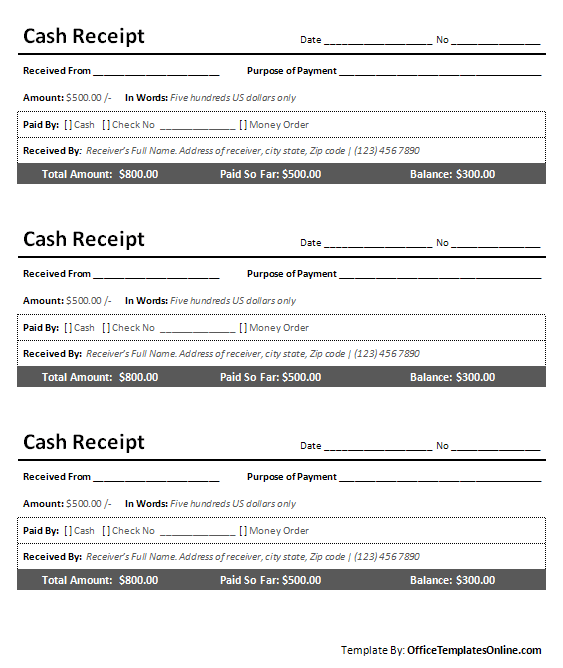

To ensure the custom documents generated from your template render correctly, it’s a good idea to embed any paid or custom fonts you’ve used in your template when you save the file. docx version not listed here may cause errors when mapping your template or generating custom documents. docx files using the following file versions:

OpenForms supports Word templates saved as. Once you’ve completed your template, save it in. There's no need to use any of Word's templating features. Prepare your template exactly as you would a normal document. Use Microsoft Word to create the template for your custom document. If you have a specific design goal in mind for a custom document, it's best to generate it from a PDF template. Microsoft Word also offers fewer design and layout options than Adobe Acrobat, and some form data, such as checkbox and radio button selections, is piped into Word templates as text rather than visual indicators. Word templates are generally less suited than their PDF counterparts for generating custom documents that feature extensive styling or need to rigidly match an exact layout.īecause of the way OpenForms data is piped into Word templates, you may find a template's carefully arranged layout shifted to accomodate wordy submissions when you start generating documents from it. Once uploaded to OpenForms, you can configure Word templates to generate as PDF custom documents, so you don't need to worry about respondents or staff being able to edit data. Standardized letters, simple receipts and permits are all good use cases for Word templates. Word templates are also easier to prepare than PDF templates, so you might use them for any custom document that doesn’t require rigid styling. This makes Word templates a perfect match for forms that might invite lengthy responses, such as grant applications or surveys containing open-ended questions. When response data is piped into Word templates, other content is shuffled down to make room.


 0 kommentar(er)
0 kommentar(er)
